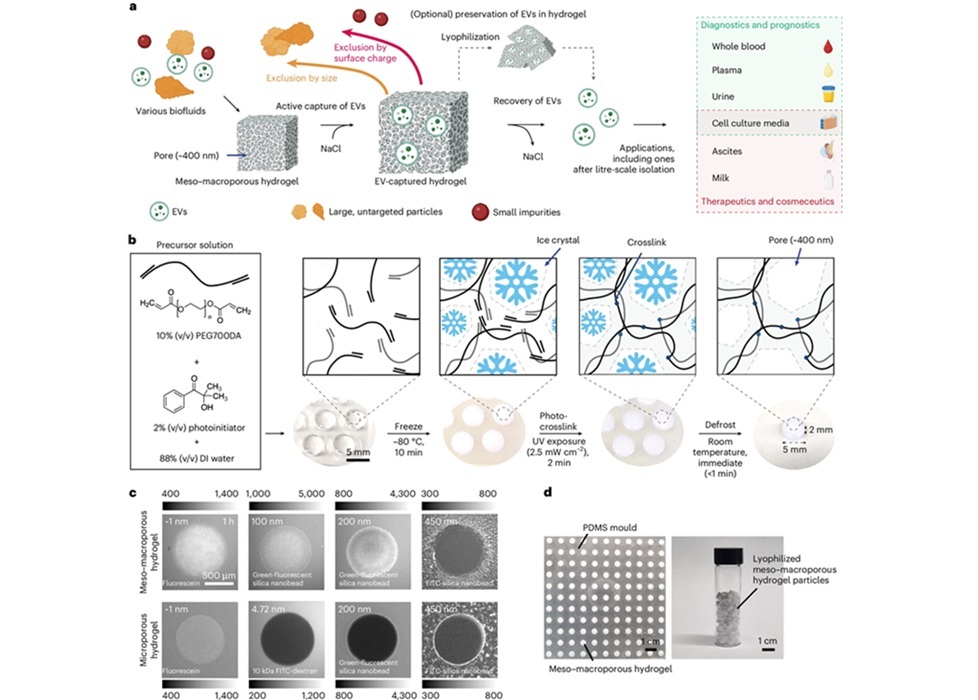Chemical Imaging Probe Could Track and Treat Prostate Cancer
Posted on 25 Nov 2025
Prostate cancer remains a leading cause of illness and death among men, with many patients eventually developing resistance to standard hormone-blocking therapies. These drugs often lose effectiveness because cancer cells restore key signaling pathways that drive tumor growth, making treatment decisions increasingly complex. A major challenge is the inability to track changes in crucial hormone receptors over time reliably. Now, a new study offers a chemical imaging approach designed to provide more stable and accurate monitoring.
Researchers at Wayne State University School of Medicine (Detroit, MI, USA) and the Barbara Ann Karmanos Cancer Institute (Detroit, MI, USA) have developed ARi-FL, a family of fluorescent probes engineered to bind to androgen receptors. ARi-FL was designed to withstand metabolic breakdown and produce strong visible and near-infrared signals that allow clinicians to track receptor behavior in real time. According to research published in the Journal of Medicinal Chemistry, the probes build on decades of work exploring how androgen receptor signaling evolves as prostate cancer advances.

The researchers created ARi-FL by combining chemical modeling with cellular assays, enabling the probes to attach to androgen receptors even when they mutate or become overexpressed. These probes emit fluorescent signals inside cells and tumor tissue, allowing direct visualization of receptor levels. Their enhanced stability ensures that clinicians can detect androgen receptor activity consistently, overcoming common limits of earlier compounds that degraded too quickly for reliable imaging.
Related Links:
Wayne State University School of Medicine
Barbara Ann Karmanos Cancer Institute






 assay.jpg)








